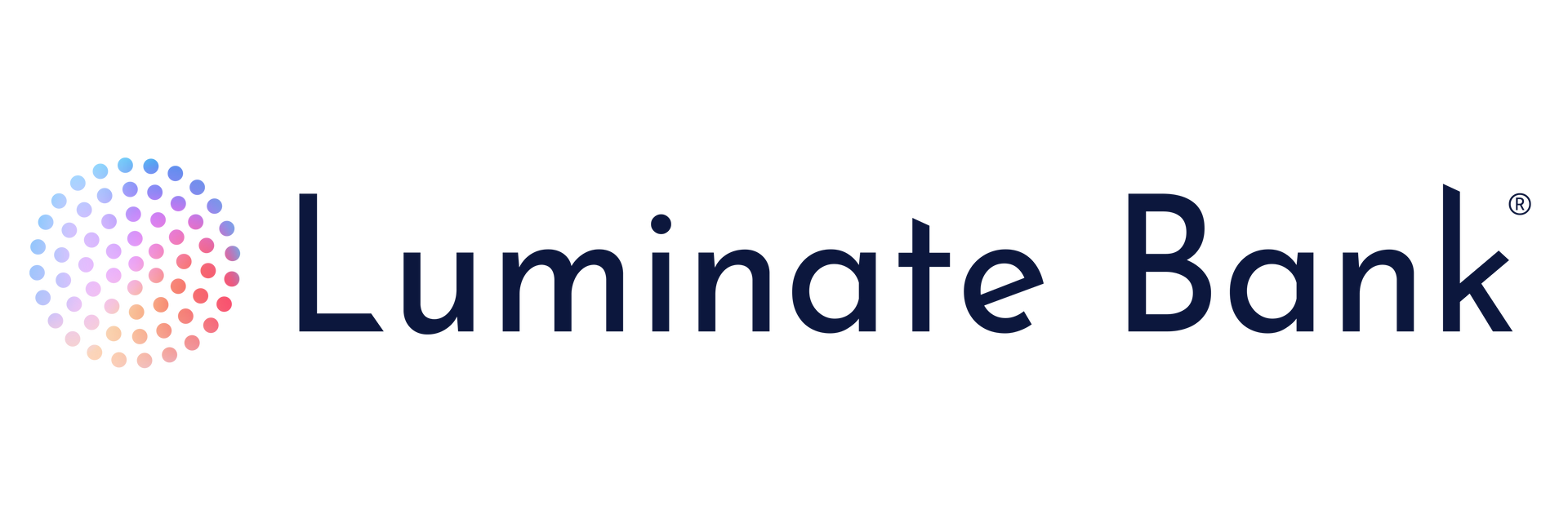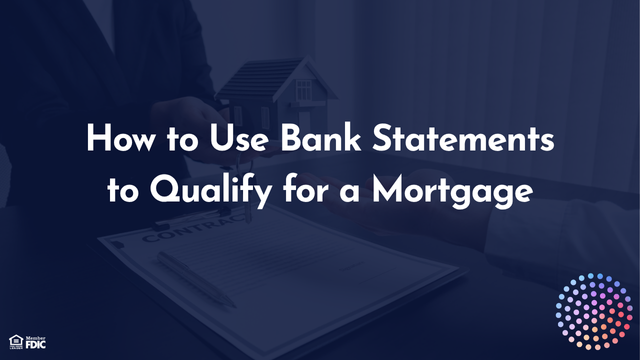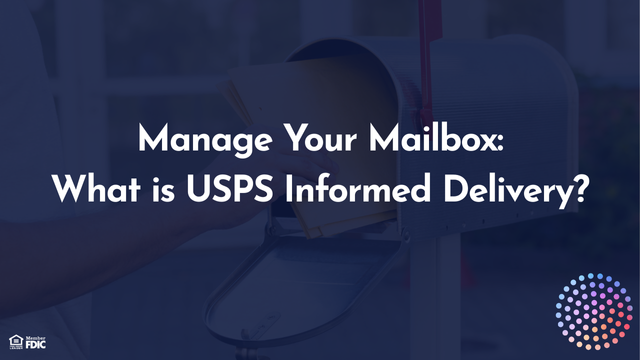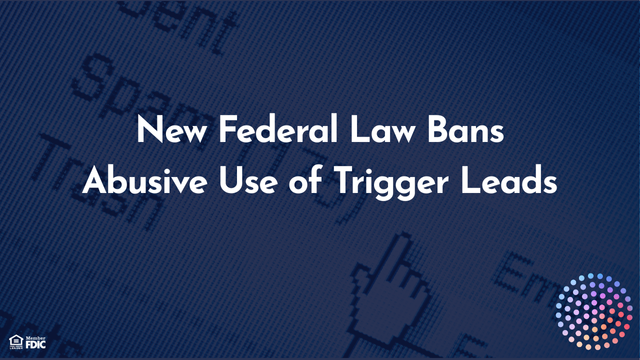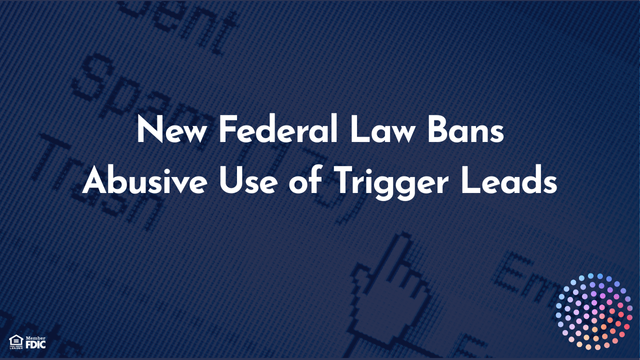Demystifying the Mortgage Loan Process
marketingdept • June 18, 2025
Demystifying the Mortgage Loan Process

There are so many moving parts to the successful purchase of a home, and getting a mortgage is a big part of that. We’re often asked “what are you doing that whole time?" Here’s a simplified overview of what we do, as the lender, to make your mortgage:
Once you have a sales contract on the property signed by both parties, we recommend that you lock in your interest rate and confirm the specific of the loan. Your INTEREST RATE/LOAN LOCK will take place fairly early on during processing so that all subsequent documents reflect the correct loan program and the interest rate(s) you are committing to.
Speaking of process, the next step is, in fact, called PROCESSING . This is where we align your loan application with the loan product and interest rate you have locked. Loan Processing is the general term used while we collect and double-check all of your information and documents. It starts with the information on your application and your real estate purchase contract. All of the supporting documents and verifications are reviewed and checked until the information you provide (the documents, bank balances, credit reports, etc.) is validated to ensure you have proper documents to commit to the loan and accept ownership of and responsibility for the home. Processing also includes several checkpoints based on the home you are purchasing.
Tip – while a home inspection is not usually mandatory, we strongly recommend you schedule one with an inspector of your choosing or through a referral from your Realtor. The inspector will examine the home and point out structural things that may need to be repaired/replaced, or are worn out. These are things you should know about before you take ownership of the home. Also, try to be at the home when the inspector is there since s/he also can show you where the main electric panel, water shut-off valve and other important controls are located.
APPRAISAL – We will order an appraisal to determine/confirm the home’s value and validate the purchase price you have contracted for. You will need to pay for the appraisal at or before the time of inspection (unless the seller agreed to pay for it). It’s important to remember that if the appraised amount is LESS than your purchase price, you usually have the right to cancel the purchase contract and get your deposit (earnest money) back. You also can re-negotiate the price. Your Realtor will be invaluable during this process.
TITLE SEARCH – We will request a title search to ensure that the current owner has the right to sell the house to you, does not have any liens against the home, or other issues that involve the property. This will ensure that when you close, you will have clear title and rights to the property. The title company often requests a survey of the property.
Tip: Borrowers may select the Title Company of their choosing, but any of our loan officers can recommend a reputable firm in/near you. You also should ensure that you get a copy of your survey as it can be handy for any future landscaping or permitting related to your new home/yard.
Your loan then moves into UNDERWRITING . All of your documentation is validated one last time, to make sure nothing has changed, information about you and the home are compared and approved. This is the final review process that confirms the lender is willing to make the loan based on the borrower qualifications (you) and the property being purchased.
Tip: The underwriters will want to ensure that the home is properly insured, so the borrower must select a homeowner’s insurance provider to protect your home in the event of fire or natural disaster. The insurance agent or company will provide you with the premium based on the value of the home, and you will need to provide that information along with the agent’s contact information to us. It’s been our experience that quotes from insurance companies that you already use (like for your car insurance) offer better rates through a “multi-policy discount.”
CLOSING – Once your loan has been approved, a meeting is set up to transfer the funds to you and then onto the home seller. The title company usually prepares all the documents for closing and calculates any funds that you need to bring to the closing. You will sign a pile of documents, including a final statement of charges, which you should review in advance. You also may need to bring any remaining funds to close. Once the documents are completed and notarized, the home is now yours!
Tip: If you are not familiar with closing documents, work with your loan officer and Realtor to set up ½ hour the day before closing to review your documents and final closing statements so that you can get any questions answers before the close.
Please remember that this is a very general overview of the process. There are a lot of factors and experts involved in financing a home purchase. Your experience will be different, but your loan officer and a good Realtor will help you understand your options, share information about each requirement, answer your questions and keep you informed.
Once you have a sales contract on the property signed by both parties, we recommend that you lock in your interest rate and confirm the specific of the loan. Your INTEREST RATE/LOAN LOCK will take place fairly early on during processing so that all subsequent documents reflect the correct loan program and the interest rate(s) you are committing to.
Speaking of process, the next step is, in fact, called PROCESSING . This is where we align your loan application with the loan product and interest rate you have locked. Loan Processing is the general term used while we collect and double-check all of your information and documents. It starts with the information on your application and your real estate purchase contract. All of the supporting documents and verifications are reviewed and checked until the information you provide (the documents, bank balances, credit reports, etc.) is validated to ensure you have proper documents to commit to the loan and accept ownership of and responsibility for the home. Processing also includes several checkpoints based on the home you are purchasing.
Tip – while a home inspection is not usually mandatory, we strongly recommend you schedule one with an inspector of your choosing or through a referral from your Realtor. The inspector will examine the home and point out structural things that may need to be repaired/replaced, or are worn out. These are things you should know about before you take ownership of the home. Also, try to be at the home when the inspector is there since s/he also can show you where the main electric panel, water shut-off valve and other important controls are located.
APPRAISAL – We will order an appraisal to determine/confirm the home’s value and validate the purchase price you have contracted for. You will need to pay for the appraisal at or before the time of inspection (unless the seller agreed to pay for it). It’s important to remember that if the appraised amount is LESS than your purchase price, you usually have the right to cancel the purchase contract and get your deposit (earnest money) back. You also can re-negotiate the price. Your Realtor will be invaluable during this process.
TITLE SEARCH – We will request a title search to ensure that the current owner has the right to sell the house to you, does not have any liens against the home, or other issues that involve the property. This will ensure that when you close, you will have clear title and rights to the property. The title company often requests a survey of the property.
Tip: Borrowers may select the Title Company of their choosing, but any of our loan officers can recommend a reputable firm in/near you. You also should ensure that you get a copy of your survey as it can be handy for any future landscaping or permitting related to your new home/yard.
Your loan then moves into UNDERWRITING . All of your documentation is validated one last time, to make sure nothing has changed, information about you and the home are compared and approved. This is the final review process that confirms the lender is willing to make the loan based on the borrower qualifications (you) and the property being purchased.
Tip: The underwriters will want to ensure that the home is properly insured, so the borrower must select a homeowner’s insurance provider to protect your home in the event of fire or natural disaster. The insurance agent or company will provide you with the premium based on the value of the home, and you will need to provide that information along with the agent’s contact information to us. It’s been our experience that quotes from insurance companies that you already use (like for your car insurance) offer better rates through a “multi-policy discount.”
CLOSING – Once your loan has been approved, a meeting is set up to transfer the funds to you and then onto the home seller. The title company usually prepares all the documents for closing and calculates any funds that you need to bring to the closing. You will sign a pile of documents, including a final statement of charges, which you should review in advance. You also may need to bring any remaining funds to close. Once the documents are completed and notarized, the home is now yours!
Tip: If you are not familiar with closing documents, work with your loan officer and Realtor to set up ½ hour the day before closing to review your documents and final closing statements so that you can get any questions answers before the close.
Please remember that this is a very general overview of the process. There are a lot of factors and experts involved in financing a home purchase. Your experience will be different, but your loan officer and a good Realtor will help you understand your options, share information about each requirement, answer your questions and keep you informed.
